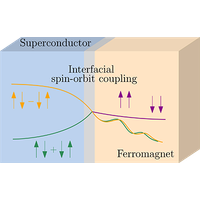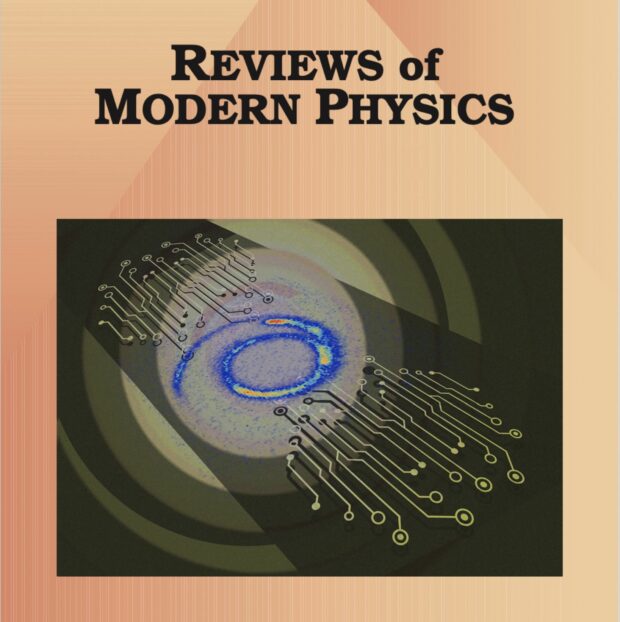Colloquium: Spin-orbit effects in superconducting hybrid structures
IF 44.8
1区 物理与天体物理
Q1 PHYSICS, MULTIDISCIPLINARY
引用次数: 0
Abstract
Spin-orbit coupling (SOC) relates to the interaction between an electron’s motion and its spin and is ubiquitous in solid-state systems. Although the effect of SOC in normal-state phenomena has been extensively studied, its role in superconducting hybrid structures and devices elicits many unexplored questions. In conjunction with broken symmetries and material inhomogeneities within superconducting hybrid structures, SOC may have contributions beyond its effects in homogeneous materials. Notably, even with well-established magnetic or nonmagnetic materials and conventional -wave spin-singlet superconductors, SOC leads to emergent phenomena including equal-spin-triplet pairing and topological superconductivity (hosting Majorana states), a modified current-phase relationship in Josephson junctions, and nonreciprocal transport, including superconducting diode effects. SOC is also responsible for transforming quasiparticles in superconducting structures, which enhances the spin Hall effect and changes the spin dynamics. Taken together, SOC in superconducting hybrid structures and the potential for electric tuning of the SOC strength create interesting possibilities to advance superconducting spintronic devices for energy-efficient computing and enable topological fault-tolerant quantum computing. By providing a description of experimental techniques and theoretical methods to study SOC, this Colloquium describes the current understanding of resulting phenomena in superconducting structures and offers a framework to select and design a growing class of materials systems where SOC plays an important role.

学术讨论会:超导混合结构中的自旋轨道效应
自旋轨道耦合(SOC)与电子运动及其自旋之间的相互作用有关,在固态系统中无处不在。尽管人们已经广泛研究了自旋轨道耦合在正常状态现象中的影响,但它在超导混合结构和器件中的作用却引发了许多尚未探索的问题。结合超导混合结构中被破坏的对称性和材料不均匀性,SOC 的作用可能超出其在均质材料中的影响。值得注意的是,即使是成熟的磁性或非磁性材料和传统的 s 波自旋小卫星超导体,SOC 也会导致新出现的现象,包括等自旋三胞胎配对和拓扑超导(寄存马约拉纳态)、约瑟夫森结中修正的电流相位关系以及非互惠传输,包括超导二极管效应。SOC 还能改变超导结构中的准粒子,从而增强自旋霍尔效应并改变自旋动力学。综合来看,超导混合结构中的SOC以及SOC强度的电调谐潜力为推进用于高能效计算的超导自旋电子器件和实现拓扑容错量子计算创造了有趣的可能性。通过介绍研究 SOC 的实验技术和理论方法,本次研讨会描述了目前对超导结构中由此产生的现象的理解,并为选择和设计 SOC 发挥重要作用的越来越多的材料系统提供了一个框架。
本文章由计算机程序翻译,如有差异,请以英文原文为准。
求助全文
约1分钟内获得全文
求助全文
来源期刊

Reviews of Modern Physics
物理-物理:综合
CiteScore
76.20
自引率
0.70%
发文量
30
期刊介绍:
Reviews of Modern Physics (RMP) stands as the world's foremost physics review journal and is the most extensively cited publication within the Physical Review collection. Authored by leading international researchers, RMP's comprehensive essays offer exceptional coverage of a topic, providing context and background for contemporary research trends. Since 1929, RMP has served as an unparalleled platform for authoritative review papers across all physics domains. The journal publishes two types of essays: Reviews and Colloquia. Review articles deliver the present state of a given topic, including historical context, a critical synthesis of research progress, and a summary of potential future developments.
 求助内容:
求助内容: 应助结果提醒方式:
应助结果提醒方式:


